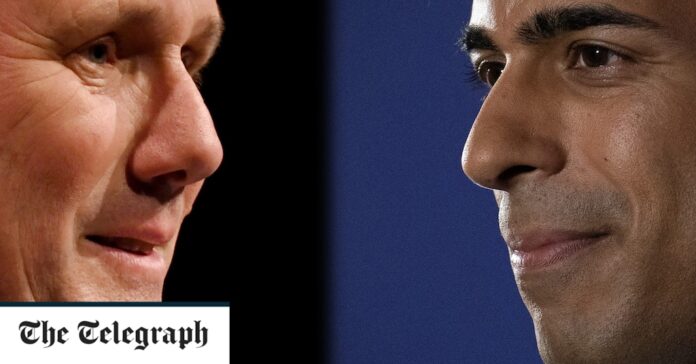Their core electorates are defined by clashing worldviews and competing sets of interests
What with all the excitement of another new prime minister, you may not have noticed one of the most dramatic developments in modern British politics. By a quite astonishing historical coincidence, both main parties have been reconstituted in ways that would make them unrecognisable to earlier generations.
Of course this did not happen as suddenly as it might now appear. Such transformations are always gradual: it is only when their metamorphoses reach the final full-blown stage that we appreciate what has happened.
That point was reached with the result of the last general election when it became clear that the Conservatives were attracting support in regions, and among sections of the population, which would once have been inconceivable.
That was not a freak incident to do with Brexit or the personality of Boris Johnson as many now think. It was, in fact, near-inevitable after a very long process of realignment which turned Labour into a bourgeois metropolitan conclave which had lost touch almost completely with its class roots: a process which was speeded up paradoxically, by the leadership of that supposed champion of the proletariat, Jeremy Corbyn.


